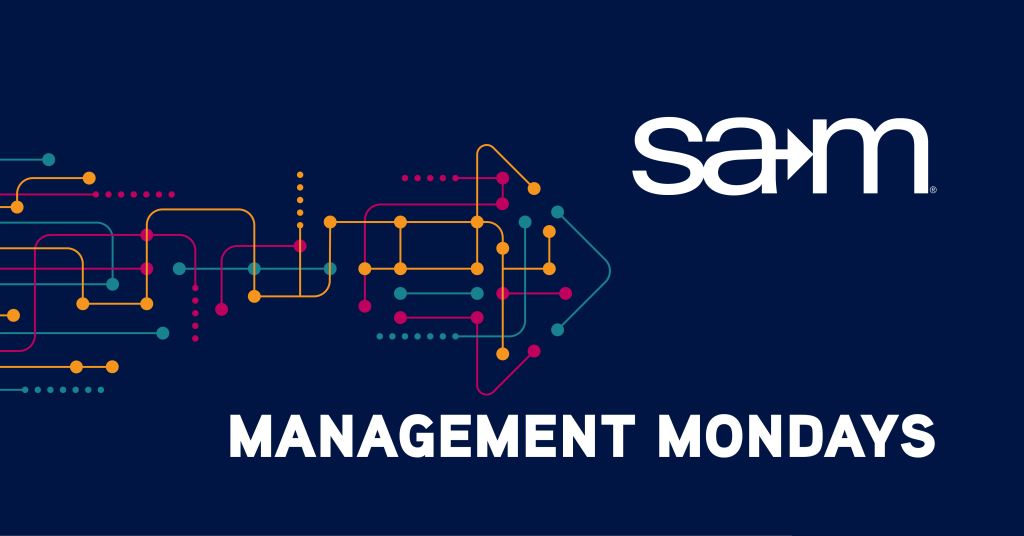
Every professional has sat through a meeting, workshop, or presentation that was technically correct but utterly forgettable. The problem is rarely with the facts or the intent. The issue lies in the structure. Without a clear and compelling flow, even strong content becomes hard to follow and easy to forget. Whether you are leading a team discussion or presenting to senior leaders, your ability to engage others relies on the way you organize your message. Most people rely on instinct or tradition to shape what they say. But the most impactful communicators follow a specific path. That path is built on twelve simple steps that help guide your message from start to finish.
When these steps are used intentionally, they create a consistent rhythm that holds attention and delivers value. This structure is not about being robotic. It is about providing a roadmap that ensures your message lands where it needs to. Each step builds on the one before it, offering clarity at every stage of the conversation. You do not need to use every element in every situation. The flexibility of the model allows you to adapt based on time, audience, and goals. But the more consistently you use this structure, the more confident and clear your communication will become. It is not about memorizing lines. It is about leading with logic and purpose.
Start with Context, Then Build Connection
The first phase of the 12-step model is all about establishing context. Most professionals start a meeting with an agenda or their name, but those things rarely generate interest. Instead, you should begin by grabbing attention and creating relevance. Set the tone with something meaningful to the audience. That could be a shared challenge, a recent success, or a powerful question. By showing that you understand what matters to them, you immediately create trust. This is what earns you their focus in the first few minutes.
Once context is set, the next move is to build connection. This step often goes beyond a standard self-introduction. It is about establishing your credibility in a way that feels genuine, not forced. Share something that ties your experience to the topic or explain why you care about the outcome. Then, set expectations for the interaction. Let the audience know how you want them to engage, whether it is asking questions, contributing ideas, or just staying present. These early moments set the emotional and practical foundation for the rest of the message.
Design for Clarity Using Anchors and Details
After connection, the focus turns to content. Many people make the mistake of dumping information without structure, hoping the audience will sort it out. This is where your message needs to be organized into key principles, supported by relevant details. Begin by restating your main concept, then introduce your themes using clear anchor points. For example, say something like, “There are three things I want to walk you through.” This helps the audience follow your thinking and anticipate what comes next.
Each of your themes or principles should be supported with examples, data, or stories. These are the details that give your message color and credibility. Avoid overloading people with facts. Focus on what reinforces your core point. Then, once all your content has been shared, take time to summarize. Bring the audience back to the anchors you introduced earlier. This repetition strengthens retention and signals that your message had a beginning, a middle, and an end. When your ideas are clearly framed, they become easier to recall and easier to act on.
Close with Direction, Not Just Politeness
A strong close is more than a polite thank-you or a vague invitation for questions. It should include a specific call to action that moves the conversation forward. Too many professionals leave their audience unclear about what happens next. If your goal is to influence behavior or decision-making, your close should make that next step obvious. Do you want feedback? A commitment? A follow-up meeting? Make the request clear and reasonable, then confirm the timeline. This provides closure for the audience and purpose for the conversation.
Finally, your last words should link back to the opening. Just as strong storytellers close the loop on a narrative, strong communicators bring the conversation full circle. Repeating a key phrase, revisiting a central question, or reflecting on the original goal reinforces the message. The close is your last chance to leave an impression. Make it count. When you end with clarity, you give your audience something to hold onto. And when they walk away remembering not just what you said but how you made them feel, that is when your communication becomes unforgettable.
Final Thoughts
Too often, professionals assume that effective communication is something you either have or do not have. But the truth is, it can be learned. The 12-step structure provides a clear, repeatable framework that helps you move from uncertainty to confidence. It keeps you focused on what matters, ensures your message flows logically, and allows you to adapt with purpose. No more guesswork. No more scattered talking points. Just a solid foundation that supports clear, impactful conversations. When you take the time to plan with this structure, your ideas gain clarity and your presence gains weight. People begin to look to you not just as someone who can speak, but as someone who can lead. Influence starts with structure. And structure begins with understanding how people listen, what they remember, and what motivates them to act. The 12 steps are not a script. They are a guide to turning your next message into one that lasts.
Whether you’re working across the hall or across time zones, your ability to communicate effectively within a team shapes your success. Our Communicating Collaboratively course gives you practical strategies for leading conversations, managing virtual dynamics, and getting real results in group settings. Learn how to contribute meaningfully, facilitate productive meetings, and navigate the challenges of remote collaboration with confidence.
Register today for Communicating Collaboratively and start building the communication skills that every high-performing team member needs. SAM members receive a 20% discount, join today and take advantage of this and many other membership benefits!

Written By,
Patrick Endicott
Patrick is the Executive Director of the Society for Advancement of Management, is driven by a deep commitment to innovation and sustainable business practices. With a rich background spanning over a decade in management, publications, and association leadership, Patrick has achieved notable success in launching and overseeing multiple organizations, earning acclaim for his forward-thinking guidance. Beyond his role in shaping the future of management, Patrick indulges his passion for theme parks and all things Star Wars in his downtime.
